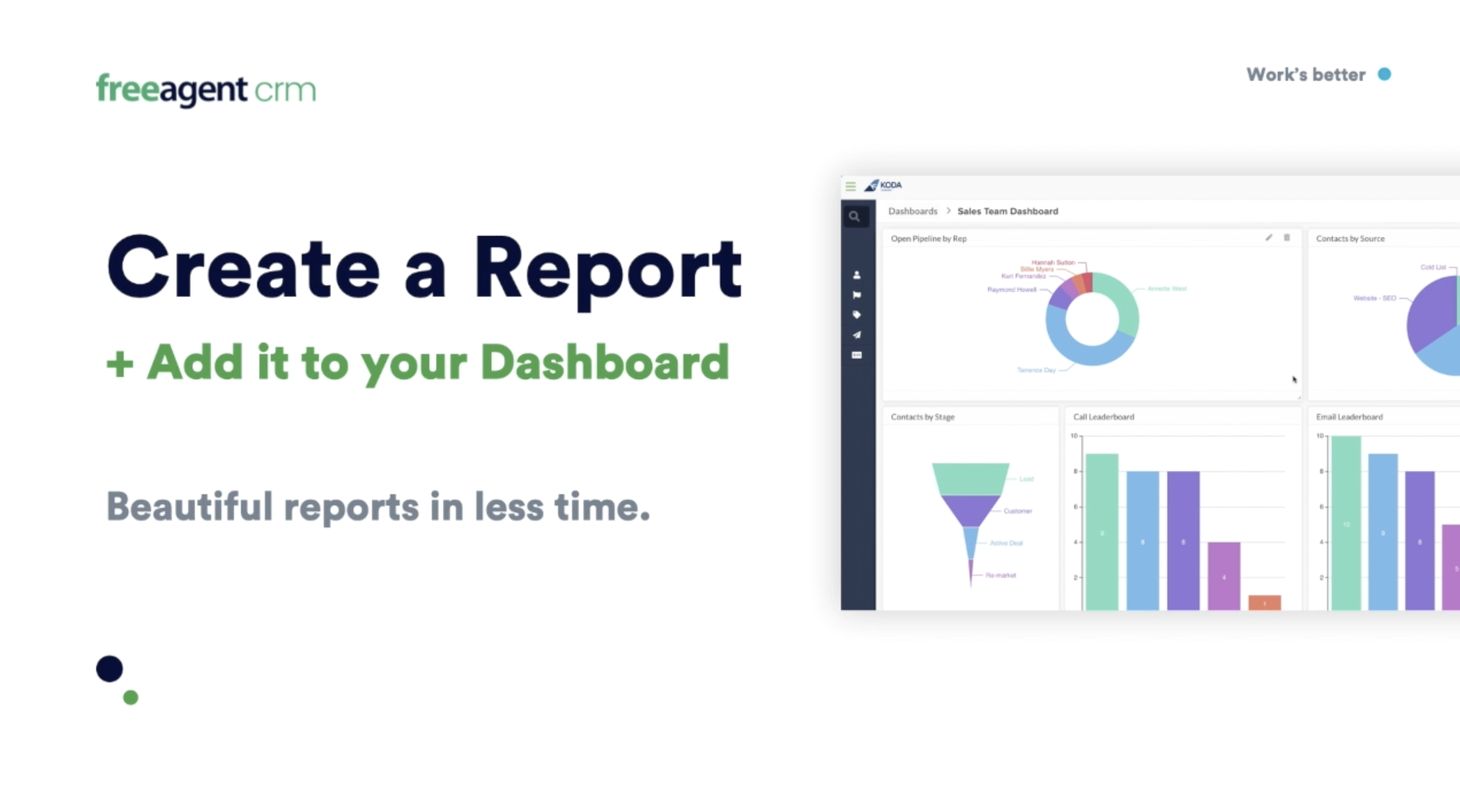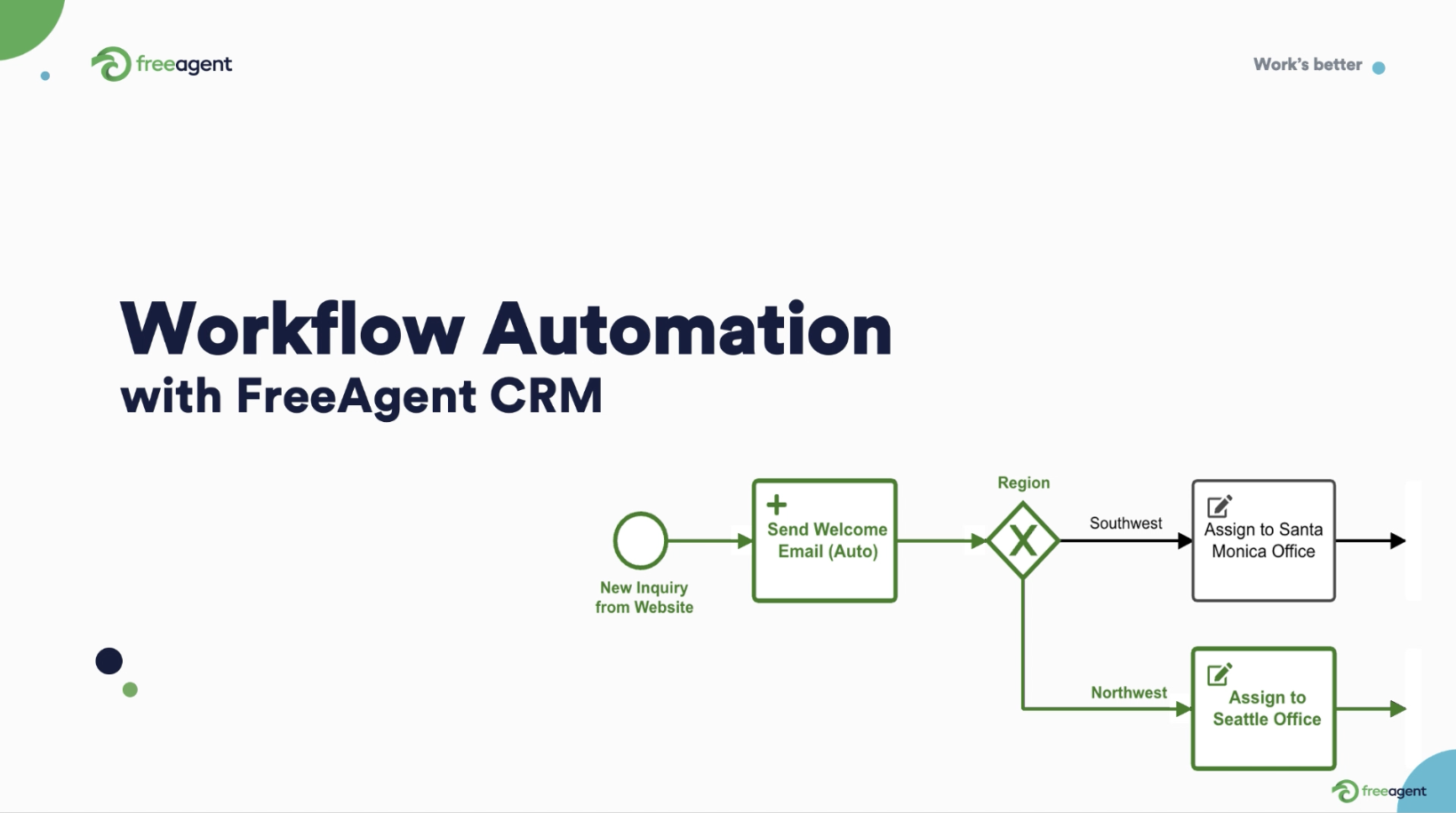When most people go to the doctor they do so because they are experiencing an issue.
Rarely can they tell the doctor what the issue is, but they can list a series of symptoms they are experiencing and hope the doctor can diagnose them.
In the B2B industry, when a potential client is reaching out to see if our services can help them, they are in much the same boat.
They can point to some frustrations they are having but may not be sure what is causing the problems and they are looking for us to provide expertise.
In order to help our clients we must be able to diagnose what ails their business and recommend solutions to help. We can do this with the use of KPIs.

Think of KPIs as the vital signs of business. They are measurable statistics that can be used to assess the health of a company or a process.
The challenge is that just like the vital statistics of the human body, the vital statistics of a business are many and varied. So how do we determine what KPIs are important?
Understanding what metrics we can use to evaluate a business’s health can help us to identify what pain points a business might be having.
Begin by taking a look at your client list and placing your customers into categories based on their needs.
These categories will vary by business of course, but for all the complexity of the B2B industry, most businesses follow similar paths as they develop and grow.
This means that common challenges and pain points can be accounted for. As an example, in the CRM field our clients often look to us to help address issues such as “Visibility” or “Collaboration”.
While each business has its own unique challenges in these regards, these challenges will often manifest in similar ways and be described with similar language that allows us to identify them from such cues.


Once you identify the different categories that your customers’ needs fall under, you can begin to create a list of KPIs commonly associated with each category.
For example, if we identify “Visibility” as one of our categories, we could look at KPIs such as Cycle Time, Tasks Completed/Day, and Customer Response/Time.
Understanding what metrics we can use to evaluate a business’s health can help us to identify what pain points a business might be having.

After we have defined our categories and made a list of KPIs associated with each category, we can then start to create a series of Key Probing Questions we can use to help our customers identify the KPIs they want to target.
KPQs serve as the Rosetta Stone of customer frustrations. They can help to clarify and define broader problems.
For example, if a potential customer says, “I feel like we are missing out on potential sales,” we might ask questions related to “Visibility” to try and narrow down the root cause.
A KPQ such as, “What is your current lead follow-up time?” could tell us a lot about the processes they have in place.
“What is your lead-to-opportunity conversion rate?” could give us valuable information about their lead quality.

Think of KPQs as diagnostic tools. When we identify a symptom, we can use a KPQ to verify and isolate the issue.
Most clients don’t speak in KPIs, they speak in frustrations. It is rare for a client to say they need our help improving their opportunity-to-conversion rate.
Rather, they say something like “I feel like we are missing out on potential sales”. This isn’t dissimilar to a patient who tells a doctor they feel hot instead of saying “I have a fever of 102”.
If a patient says they are feeling hot the doctor knows this is a sign that they should take their temperature. To help our clients we need to learn to do the same thing.
We must listen to what our clients are telling us and use that information to find a metric we can use to measure and assess health.

Think of KPQs as diagnostic tools. When we identify a symptom within our client’s business, we can use a KPQ to verify and isolate the issue.
For example, if our client has a “healthy” lead follow-up time but a poor lead-to-opportunity conversion rate, then we know the root issue likely has something to do with their lead nurturing process.
Now, most potential clients won’t have the numbers we’re looking for off the top of their heads. Indeed, they may be looking to us to bring them that type of visibility.
By introducing KPIs and KPQs early in the conversation, we’re already framing the way our success will be measured, which sets us up for success down the road.

As your team learns to translate customer frustrations in this way they will be better able to demonstrate the expertise your company provides.
Having determined our categories and the KPIs associated with each, and after we have made a list of KPQs, it is time to align our team.
Create a series of cheat sheets that break down the categories we have identified and include a few key words or statements that can serve as a framework for identifying an issue that falls under that category.
Provide your list of KPIs associated with each category and the KPQs we can use to isolate issues further.
It is important at this point to emphasize to your team that this is just the foundation. It serves as a guide that they are encouraged to add to and elaborate upon.
As we mentioned earlier, business needs are many and varied. If an issue we haven’t accounted for arises, add it to the list. Ask yourself if it falls under an existing category or if it might point to a whole new category.
What KPIs could we use to evaluate our success at resolving the issue? Are there KPQs we could use to determine the cause of the issue?

As your team learns to translate customer frustrations in this way they will be better able to demonstrate the expertise your company provides.
Furthermore, potential customers will be aware of the way in which you frame success and that is an integral part of garnering a positive view of the services you offer.
Soon your whole team will be adept at diagnosing common business problems and presenting solutions that have measurable and quantifiable results and that will lead to a lot more happy and healthy businesses, including your own.






